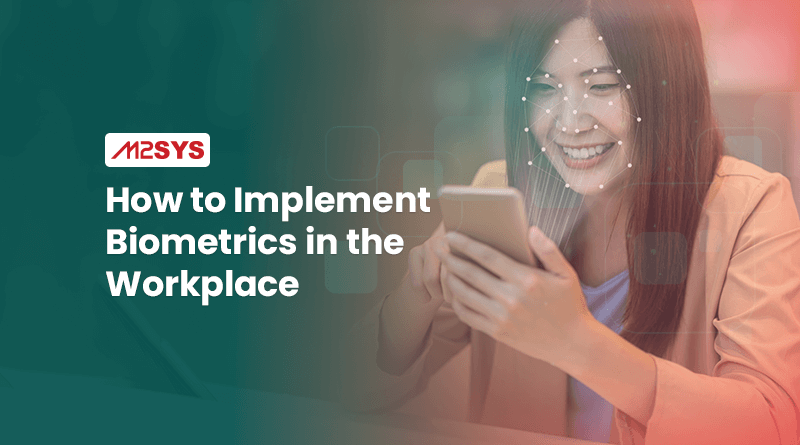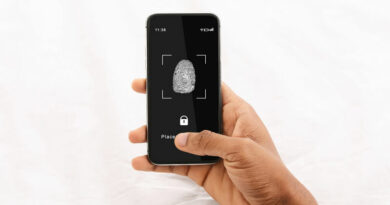How to Implement Biometrics in the Workplace?
Even before COVID-19, the digital revolution created a need for more comfortable and suitable work environments. The pandemic made firms rethink their security and privacy policies and adopt more complex solutions that were flexible enough to handle the constantly changing nature of work.
In a world where more and more employees are working from home to provide flexibility for their families, a reliable way to truly ensure workplace security is critical. Biometric technology has emerged as a key component of both logical and physical security at work. For example, companies using biometric authentication for employee physical verification can feel secure in any remote working arrangement without exposing themselves to the increased risk of theft.
Businesses have expressed concern about individual privacy as the biometric identification market is on the rise. For example, how can a worker be certain that data isn’t being retained or used elsewhere if a biometric security technique includes fingerprint, face, or iris scans? Despite these reservations, it is possible to apply this technology in a manner that not only makes employee privacy a priority but also promotes organizational security compliance and increases employee job satisfaction and convenience.
-
Before you implement, communicate
Establishing biometric security systems requires system enrollment; however, before seeking biometric registration from all your employees, there are a few things you should do to make the implementation more successful.
Before you start using biometric authentication, make sure that everyone in your business knows what it is, how it will be used in your organization, and the type of biometric data you would like to utilize. This will show them two things: that this is an important security measure being implemented properly and that your firm is committed to transparency.
Then, before you release your workers’ consent to submit their biometric information, make sure they know what’s expected of them. Discuss the different options and consequences with them, as well as any potential protections they can take. Take a look at state laws and regulations as they may be relevant in giving accurate and specific consent that is protected by company policy. If your company doesn’t currently employ biometric information management standards, it’s important to consult a legal team that is aware of this growing concern.
-
Securely store sensitive data
One of the most overlooked aspects of company security is the proper storage of biometric data. No business owner wants their biometric data to be leaked or stolen, which could expose them and those close to them. Make sure your employees are safe from these dangers by storing biometric data properly.
Biometric data may be stored on a portable device, such as a smart card, which is not sensitive to network faults and provides users with some control over their biometric data. While this storage option can be appropriate for many, it is expensive and often requires the user to produce the card in person whenever they want to verify their identity. Smart cards can also get lost or stolen.
In some organizations, a centralized biometric database is less expensive than a portable token solution. The downside of this approach is that all biometric data is kept in one single location, and this one location may pose a security risk to the organization. For enterprises with a distributed workforce, though, using a centralized solution where the data can be securely stored in a data center that protects it from external threats typically provides the most benefit.
-
Keep your business moving
With biometric data security increasing across sectors, it has never been simpler to get your employees on board with new authentication technology. App integrations for use on employees’ mobile phones are just the latest in a stream of advances aimed at assisting enterprises with deploying biometric authentication without incurring significant costs. Verifiable digital credentials can be stored on a person’s mobile device and are only accessible to the owner of that device.
If you’re interested in using biometric authentication techniques quickly, these app frameworks can cut your time to market in half by providing quick integration and flexibility. Mobile devices are increasingly used for identity security, providing voice and face biometrics as the main forms of security, including passive liveness detection, document validation, and passwordless multi-factor authentication.
This is biometric authentication for the future. It’s so easy to set up, and it’s a cinch to maintain. Plus, regardless of where your workers are located, they can still use this method with no issues.
-
Putting biometrics to use
Many employees feel frustrated with the need to remember passwords and verification questions for every system they need to access frequently. As biometric security measures are the future, it’s extremely important to take caution when implementing this new way of protection, for the sake of your company and your employees. You can make biometric security work in your workplace by remaining transparent about the process, storing sensitive data securely, and using mobile verifiable credentials as that extra layer of security.











